Trump administration convinced the Dutch not to ship advanced chip-making equipment to China
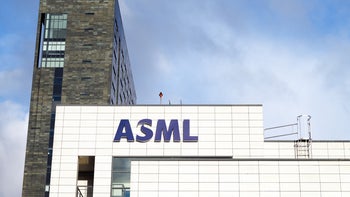
EUV, or extreme ultraviolet lithography, is a relatively new technology that helps make chips more powerful and energy-efficient. Using ultraviolet light, EUV is used to more precisely mark up silicon wafers to create the pattern where transistors will be placed. This increases the density of transistors placed inside an integrated circuit. EUV is an important technology that is being counted on by foundries like TSMC and Samsung to keep Moore's Law alive. This is the observation made by Intel co-founder Gordon Moore that says the number of transistors inside chips double every other year.
U.S. talked the Dutch out of shipping an EUV lithography machine to China
Current flagship smartphone chips use the 7nm node and a SoC like Huawei's Kirin 990 with an integrated 5G modem contains over 10.3 billion transistors. Production of 5nm chips will start late in the second quarter of this year with Apple's A14 Bionic and Huawei's HiSilicon Kirin 1020 (both unannounced, by the way) expected to be among the first chipsets to use this process node. 5nm chips will contain as many as 171.3 million transistors per square millimeter and will offer improved performance and energy consumption compared to 7nm chipsets. EUV is being counted on to bring chip production down to 3nm by 2022-2023. There are only a few chip companies that are able to produce the most technologically advanced chips and they include TSMC, Samsung and Intel.
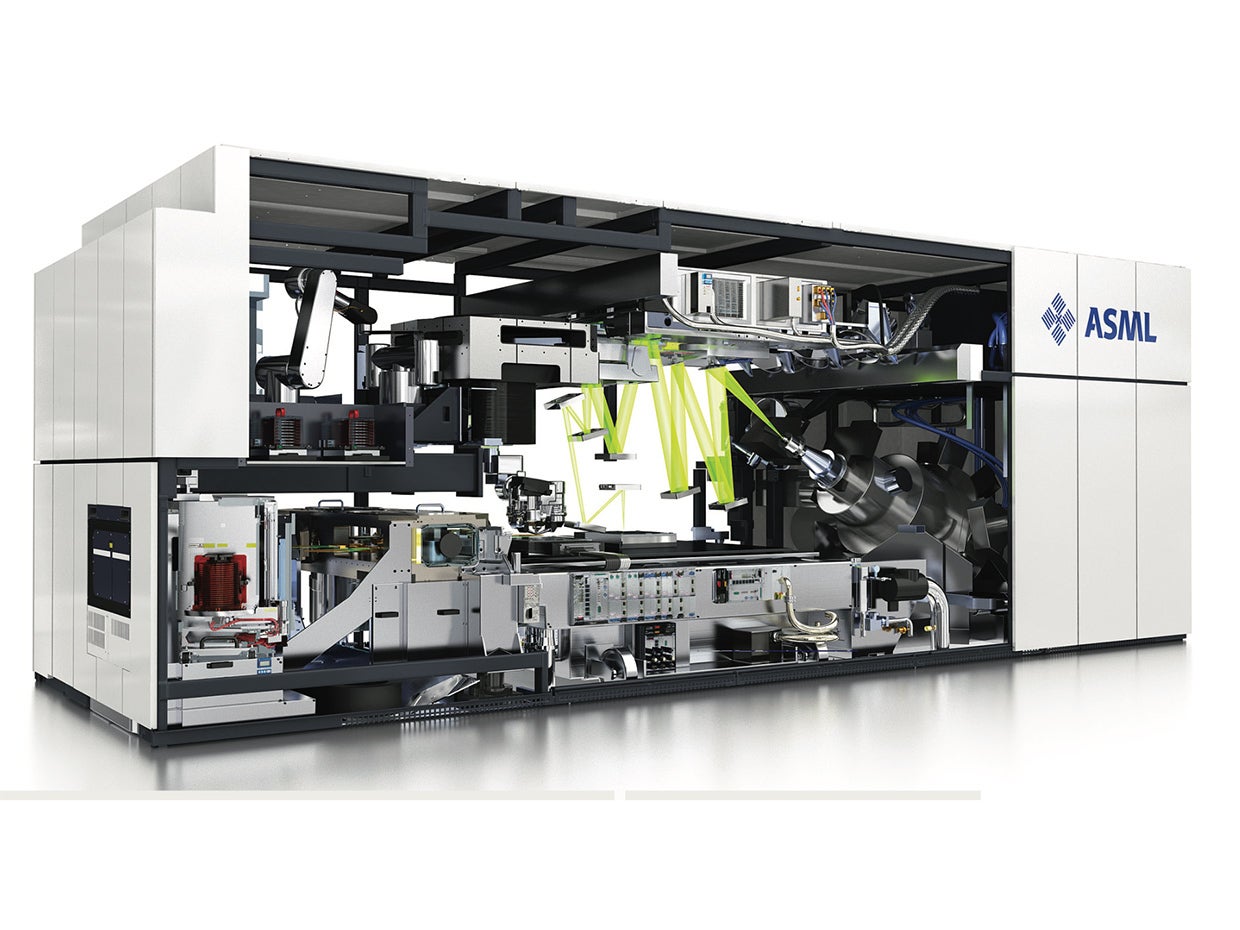
An ASML EUV machine like the one a Chinese chip manufacturer was banned from purchasing
According to Reuters, the Trump administration tried to block Dutch company ASML from selling an EUV machine to a Chinese company. ASML is the global leader in sales of lithography equipment to the chip industry. According to the report, Secretary of State Mike Pompeo was involved and tried to persuade the Netherlands government to block the sale.
The attempt by the Trump administration to keep EUV technology out of the hands of the Chinese started in 2018. Two sources cited by Reuters said that the Dutch government had given ASML a license to sell an EUV machine to a customer in China. That led the Trump administration to meet with the Dutch government several times. In July of last year, Netherlands Prime Minister Mark Rutte visited the U.S. and during this visit Deputy National Security Advisor Charles Kupperman discussed the matter with Dutch officials who had accompanied the prime minister to the states. Meanwhile, Prime Minister Rutte was given a U.S. intelligence report that laid out the possible repercussions of China acquiring EUV technology according to a former U.S. government official.
The pressure placed on the transaction by the Trump administration paid off as the Dutch government blocked ASML from renewing its export license. The bottom line? The EUV machine, valued at $150 million, was not shipped. ASML's customer in China has never been officially named, but sources say that it is Semiconductor Manufacturing International Corp. (SMIC), which happens to be China's largest chip manufacturer. While the Nikkei Asian Review did write about the delayed shipment in November, Reuters is the first to detail the pressure campaign run by the U.S. to block the transaction from taking place.
Of course, no one involved will admit that the U.S. pressured the Dutch into blocking the shipment. A spokesman for Dutch Prime Minister Rutte would not comment and neither would the White House or Deputy National Security Advisor Kupperman.
While the U.S. can block technology made in America from reaching China, as it has done with Huawei, it is harder for it to have control over foreign-made components and machines. However, the U.S. can require a license be issued when a company in another country sells a part or a machine that relies on U.S. obtained parts for 25% or more of its value. ASML's EUV machine does not meet the 25% threshold.




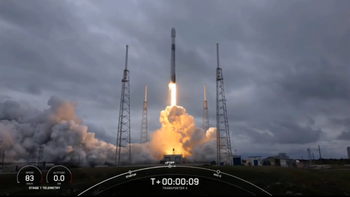

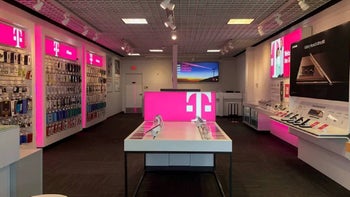
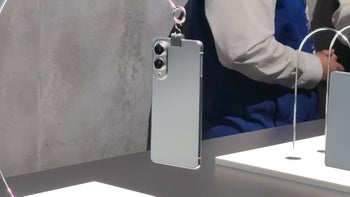
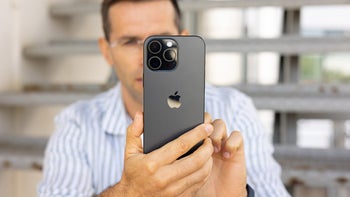
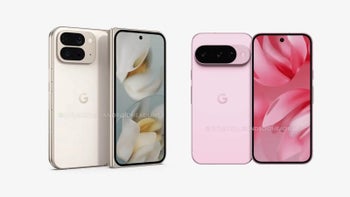



Things that are NOT allowed: